What kind of watering is needed for cabbage growing in the open field?
To collect large, non-cracked forks on the beds, you need to properly water the cabbage in the open field. All gardeners know that this culture is very fond of water, and sometimes it is poured to such an extent that either the root system rots or the heads of cabbage crack. Seeing that the plants are feeling bad, the frightened inexperienced summer resident puts them on dry mode at the very moment when the culture most needs moisture. As a result, he buys cabbages at the market all winter and tells all his friends what a capricious vegetable is cabbage. To avoid such mistakes, figure out when the planting needs to be intensively moistened, and when watering should be limited or completely stopped.
How to provide the required soil moisture?
The number and frequency of watering largely depend on the type of soil: different types differ in their ability to absorb and retain moisture. Take wet soil from the garden, mold a ball out of it and squeeze the honey with your thumb and forefinger. Look at the result:
- it turned out a cake - you have a heavy loam that does not absorb water well and holds it for a long time;
- the ball crumbled - light loam, abundant watering is needed;
- fails to roll - sandy soil that loses moisture very quickly.
Your mistakes with watering can be determined by the type of cabbage. If it does not have enough water, the leaves begin to wither. Noticing the leaves that have fallen down, do not grab the watering can immediately. Check the condition of the soil - if it is sufficiently moistened, additional water is not required. The appearance of plants in this case does not indicate a lack, but an excess of liquid in the soil. The roots cannot cope with the abundance of water, and the cabbage is uncomfortable, it may even die.
So that mistakes with watering do not cause many problems, the soil in the garden must be well prepared and kept in proper condition. Drainage will take away excess moisture from deep layers, loosening and removing weeds will not allow moisture to stagnate on the surface. Mulching well keeps the bed moist. Pour sawdust, peat or fallen leaves under each bush with a layer thickness of at least 5 cm.
What is the best way to water cabbage?
Cabbage loves water, but it needs fresh moisture, not liquid stagnant in the ground. The earth dries out not only from the sun, the weak roots of the plant are not able to create reserves of water or nutrients. Everything that they pull from the soil immediately passes into the aboveground part, the powerful leaves intensively evaporate moisture into the air, as a result, the soil dries quickly. It is desirable that the liquid enters the soil regularly in small portions. A pensioner who permanently lives in the country can irrigate the beds several times a day, but it is impossible for a working person to observe such an irrigation regime.
There is no need to hire a guest worker who will constantly stand with a hose over the beds, simple technical devices will perfectly cope with this work. Install a drip irrigation system on the cabbage plantation, you only need to adjust the water pressure and periodically fill the tank. Such devices can be bought in any department for summer residents or make yourself... When watering for the first time, adjust the water flow rate so that the beds do not dry out, but do not turn into a swamp.
Advice
It is advisable to pour rain or spring water into the drip irrigation system.If you are using liquid from the water supply, pass it through a filter or let it stand to clear it of chlorine and salts.
Adult plants can be irrigated with a hose, or grooves can be made around the perimeter, from which water will saturate the soil. Young seedlings need to be watered not in the holes, but next to the root system. Moisture from the grooves will gradually saturate the entire garden, and the cabbage will not feel thirsty or discomfort from excess stagnant liquid.The roots of any culture react painfully to temperature changes. Do not water your garden with water just from a well. Fill a large container, wait for the liquid to reach ambient temperature, and only then turn on the pump supplying moisture to the beds. If the summer is very cool, remember that water colder + 12⁰C is detrimental to the roots of this culture, pour a bucket of hot water into the container before watering.
How to water cabbage from pests, infections and for feeding?
Cabbage loves not only a sufficient amount of liquid in the soil, but also moist air. Rain installations on site will provide this opportunity. If necessary, they can be filled with not only clean water, but also preparations for fertilizing the soil or protecting against pests. Foliar dressing is sometimes even more useful than the preparations introduced into the ground. If you want to add nutrients through top irrigation, read the instructions for the preparation. Some compounds need to be poured only on the ground, they are harmful to the aboveground parts.
You can irrigate the beds with plain water from a well or mains supply, or you can combine irrigation with top dressing or fight against infections and pests. The roots of cabbage are not very powerful, and the heads of cabbage need a lot of nutrients and moisture. Cabbage has a good appetite, after a couple of weeks the most fertile soil will become poor and your pets will ask for additional food. You can add complex fertilizers to the liquid, using them according to the instructions, or you can use free funds that would still go to the landfill. Put all organic waste in one tank, fill it with water, fertilize the beds with the resulting infusion. The case will go:
- food waste;
- vegetable and fruit cleaning;
- bird droppings;
- weeds and tops.
Pest control can also be combined with watering. If you are using chemicals, read the instructions to know exactly how to apply the product: externally or under the root. Do not forget to note the waiting period before harvest.
You can also use folk remedies, the safety of the crop for health will not decrease:
- infusion of onion peel;
- horseradish;
- decoction of bay leaf or citrus peels;
- tobacco infusion.
Advice
Newly planted seedlings may develop black leg disease. To avoid infection, do not plant the plants too often, do not overmoisten, and when watering, add potassium permanganate or antifungal drugs to the water.
Not all gardeners know that the best fertilizer is under their feet. In the summer you bring your little ones to the dacha, and soon they come running to their mother with tears and complaints about nettles. Dad takes a scythe and goes to fight the offender, after which the remains are sent to the nearest ravine. Take your time, put the cut grass in the tank and cover with water. It is advisable to place the container away from home, since during fermentation the mixture will emit an intolerable odor. When fermentation is over, you will notice that the tank smells like manure. Take the infusion, add it to the water for irrigation, and you will fill up almost all the missing nutrients and drive away pests.
When to stop watering cabbage before harvest?
Watering the cabbage depends on the stage of plant development. If you don't know if a crop needs moisture, just look at its leaves. If development has slowed down, the leaves have become pale or sagged, the head of cabbage needs liquid or feeding.
Moisture deficiency can also be determined by the condition of the soil:
- a ball of loam crumbles with excessive dryness;
- if it is impossible to form any lump from sandy soil, the beds require watering;
- When pressed, cracks appear on the dried clay ball.
Young, freshly transplanted seedlings in open ground have a very weak root system. In dry weather, moisten the soil every 3 days, but remember that small seedlings cannot drink much liquid. In April or May, seedlings that have just been moved to unfamiliar conditions especially need your care - give them plenty of drink so that young shoots take root well. But too abundant watering during this period is contraindicated. Moisten the soil so that all the water is drawn into the soil and no puddles form in the holes.
Especially a lot of water is required during the development of forks. The plant intensively grows green mass, this process is impossible without water. In early varieties, this stage occurs in July; in late harvest cabbage, heads of cabbage are formed in August. If there is no rain during this period, the plantation should be moistened at least 1 time per week.
Important!
All recommendations related to cabbage are not appropriate for cauliflower. In high humidity, you will not wait for dense, large inflorescences. Watering should be carried out 2 times less frequently than in white or red varieties. But broccoli, kohlrabi and Brussels sprouts give good yields in constantly moist soil.
In the fall, when the heads of cabbage are formed, watering can be gradually reduced. Stop watering altogether about 20 days before harvesting. Depending on the region and crop variety, this can be in September or October. If at the final stage the culture is excessively moistened, the heads of cabbage will crack and cannot be stored for a long time. If the weather is very rainy in September, cover the beds with foil to protect the plantation from excess liquid.Watering cabbage beds requires a subtle approach. At each stage of development, the culture requires a different volume of fluid. Do not think that this science is too complicated - devote just one season to serious observation of the plantation, and you will understand how often and how much water the cabbage beds of your site need, figure out how long they need to be watered, and when to stop wetting. Next summer, the work will go easier, and then you won't even think about this problem - the gardener's eyes and flair will themselves prompt the right way out.

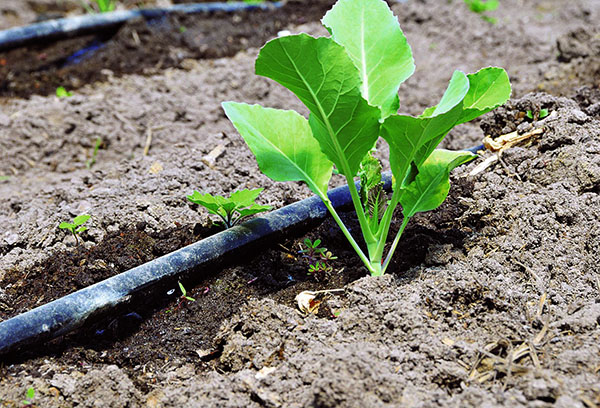
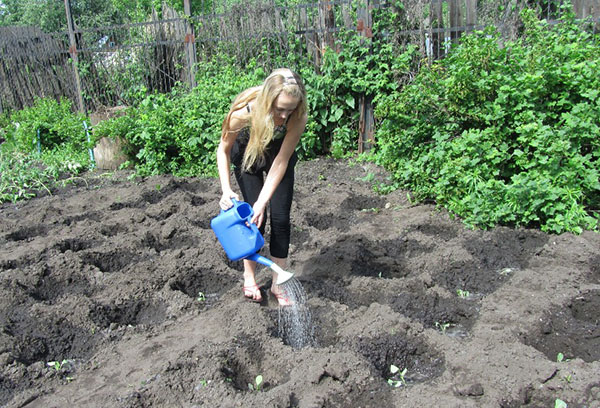
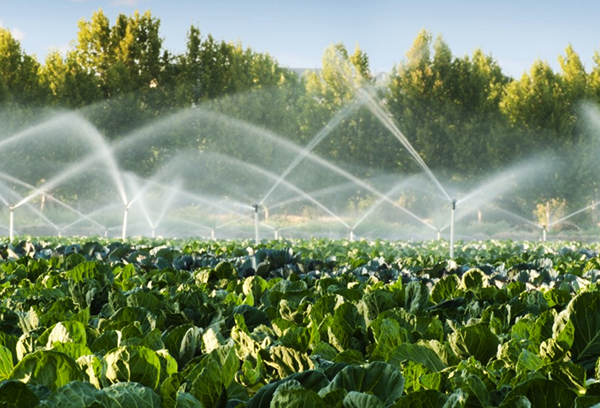
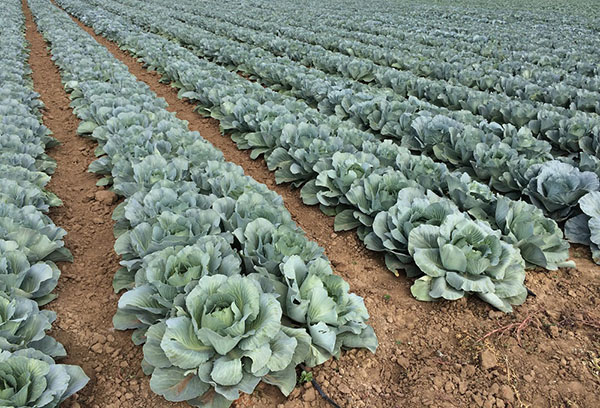
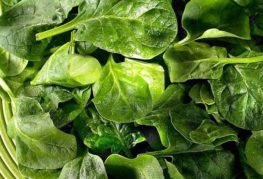
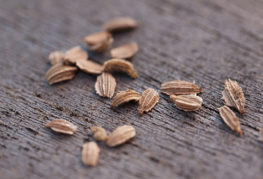

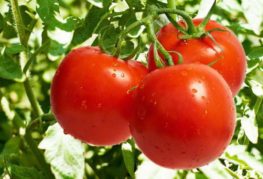
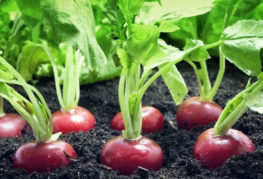
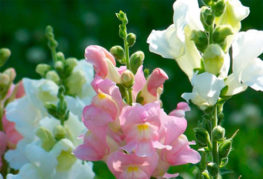
and will be published shortly.